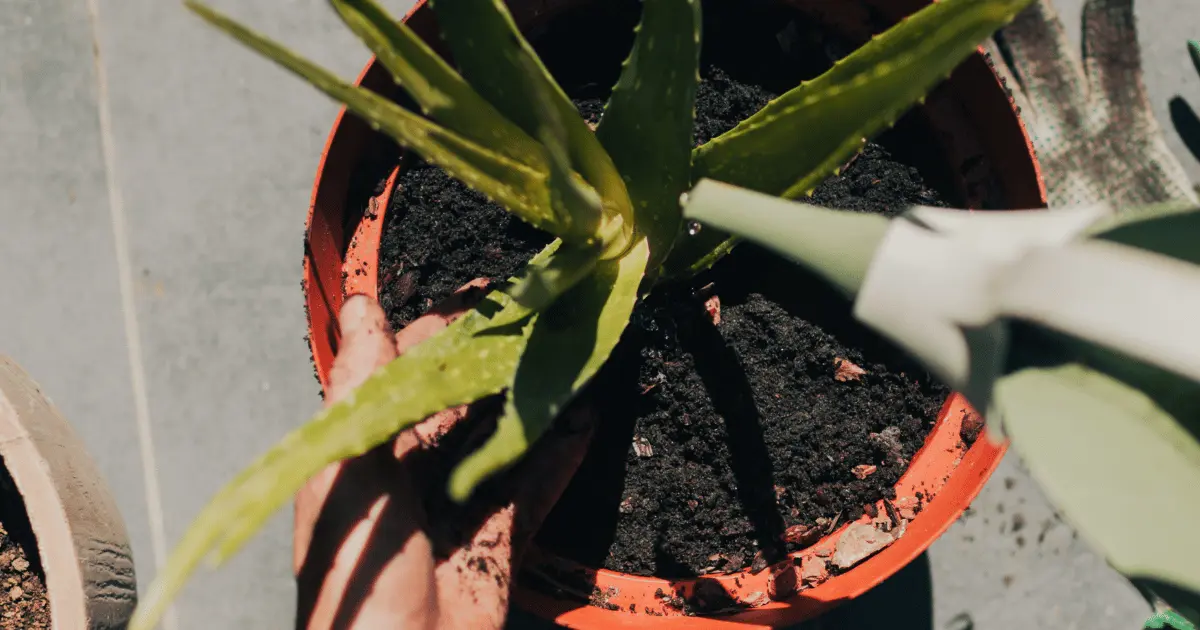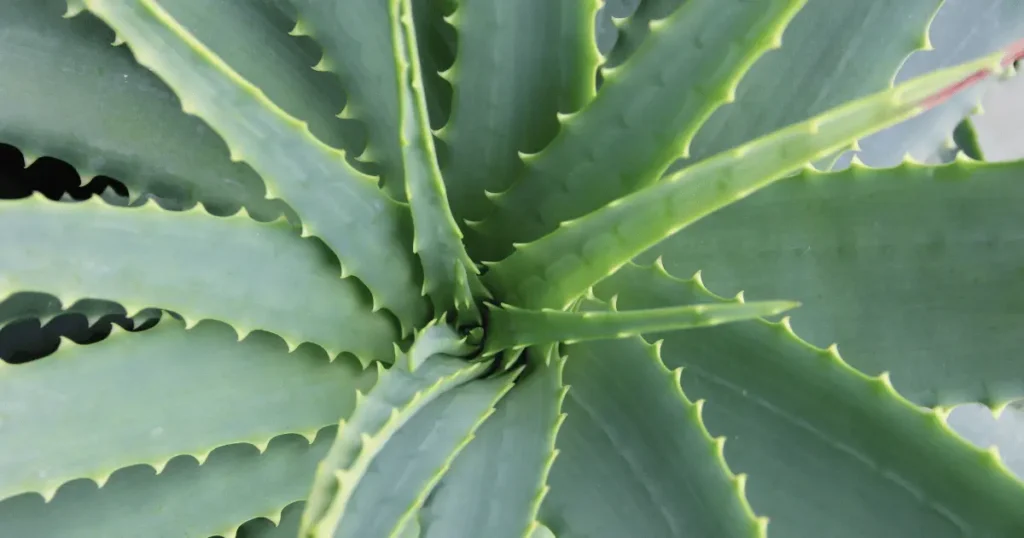The aloe vera plant is easy to care for and eye-catching. It grows well indoors. The plant has thick, fleshy, greenish leaves and is stemless or extremely short stems. They do, however, require water, just like any other plant.
I have been growing Aloe Vera plants in my house for a long time now and have enjoyed owning them. My Aloe Vera plants are easy to care for and are so luscious. Do you want to know how I care for their watering needs? Read on, so I can explain in detail how I give my Aloe Vera plant a drink.
How Often to Water Your Aloe Vera

It would be best if you watered Aloe vera frequently to promote growth and prevent fading. However, only sometimes to avoid drowning the plant. These succulents require keeping relatively moist during the growing season, typically spring and summer into early fall. However, reduce the watering schedule throughout the winter.
Aloes may survive periods of drought if they are established. However, young plants require more frequent irrigation to help them form root systems. They can suffer significant damage from excessive dryness. In general, watering an aloe once a week is sufficient. However, a touch test is required if you subject the plants to intense heat and sunlight.
This way is the most straightforward technique to determine if the soil is too dry. Put your finger into the ground just past the second knuckle. The plant needs water if it is dry. Wait a few days if it’s still damp. Check the irrigation holes to see if the soil is overly wet and mushy.
How to Water Aloe Vera Plant

Watering is the hardest part of maintaining good aloe vera, but it is not that complicated. Though Aloe is used to dry conditions, its thick leaves require enough water. The plants need deep but intermittent watering. To put it another way, the soil should feel damp after watering. However, it would help if you let it partially dry before you water it again. The plant roots may rot if the soil is extra moist.
Allow the top of the potting soil to dry between waterings to ensure you don’t overwater your plant. If you place your plant in 6 inches of potting soil, wait till the top 2 inches are dry before giving it another drink. You can check the dryness of the soil with your finger.
Water your plant every two to three weeks during spring and summer. Water it less frequently during fall and winter. One guideline for watering during fall and winter is to double the watering intervals between waterings roughly. This is in comparison to your summer watering schedule. Hence, water every four weeks in the winter rather than every two weeks in the summer.
When watering, extra water could leak out. So the soil may absorb as much of the water, let the pot stand in it. Wait for 10 to 15 minutes, then discard any leftover water. Take your plant out of the ground and spread it out to dry if it has been overwatered. It is necessary to inspect the roots for any fungal disease indications and cut them if you find any. In a few days, replant in new, dry soil; don’t water for a week.
Most importantly, the minerals and chemicals in the municipal water supply can irritate succulents. Consequently, use filtered or distilled water while watering Aloe if it appears peaky.
Conditions That Affect Watering
In this section, you can see some factors that affect how you water your Aloe Vera. They include:
- Intensity Of Light: Aloes cultivated in areas with low light or shade will require less water than aloes grown in bright, indirect light.
- Temperature: The amount and frequency of watering required by your aloe plant will depend on the indoor temperature. The plant will require more frequent watering if it is warmer outside. Cooler air temperatures, however, call for less regular watering.
- Soil Type: Aloes are desert plants used to sandy and well-draining soil.
What You Should Know Before Planting Aloe Vera
Selecting the proper kind of container is crucial. Choosing a pot made of terra-cotta or another porous material is advised since it will allow the soil to dry completely between waterings. It can be heavy enough to prevent the Aloe from toppling over. You can use a plastic or glazed pot, but they will hold more moisture. Ensure you choose a container with at least one drainage hole. It is essential because the hole will let extra water sip away.
Aloe vera plants are resilient. However, poor draining can lead to rot and wilt. It is the main reason for this plant’s demise. Choose a container that is around the same width as it is deep. Select a container deep enough to allow you to bury the entire stem of your aloe plant if it has one. Use a well-draining potting mix for aloe vera plants because they are succulents.
Don’t use soil for gardening. Things like perlite, lava rock, bits of bark, or all three, should be used. There is no requirement for a layer of gravel, clay balls, or any other “drainage” material in the bottom of the pot. It will take up the only space the roots could have used. A hole for drainage is sufficient drainage!
Other Care Guides You Should Know
Below, you can see some tips for grooming Aloe Vera. See the information as follows:
- Lighting: Place in indirect or brightly-lit sunlight or artificial light. You can place your Aloe in a window where it receives sunlight for about six hours daily. Without extended, direct light, your succulent may stretch and lose its attractive form. It may topple over when the stem grows weak.
- Temperature: Temperatures between 55 and 80 °F (13 and 27 °C) are ideal for aloe vera growth. You can take your plant outside from May to September. If the nights are chilly, get it back inside.
- Fertilization: Use a balanced houseplant formula prepared at half-strength. This is only in the spring and summer, and fertilize no more than once a month.
- Repotting: Repot when the root is constrained.
- Watering Process: Water your Aloe Vera plant slowly but regularly from the bottom up so the water may get to the roots. Continue until the water starts to drain out of the drainage pores in the plant. Ensure the plant receives the proper amount of water, not too much to drown it. Ensure you keep the plant from constantly being sopped by summer rains if it’s outdoors.
- Provide your Aloe with a period of dormancy during winter and fall. Aloe often flowers in the late winter or early spring. Therefore, allow them to rest with less watering and milder temperatures. It will enable them to bloom.
